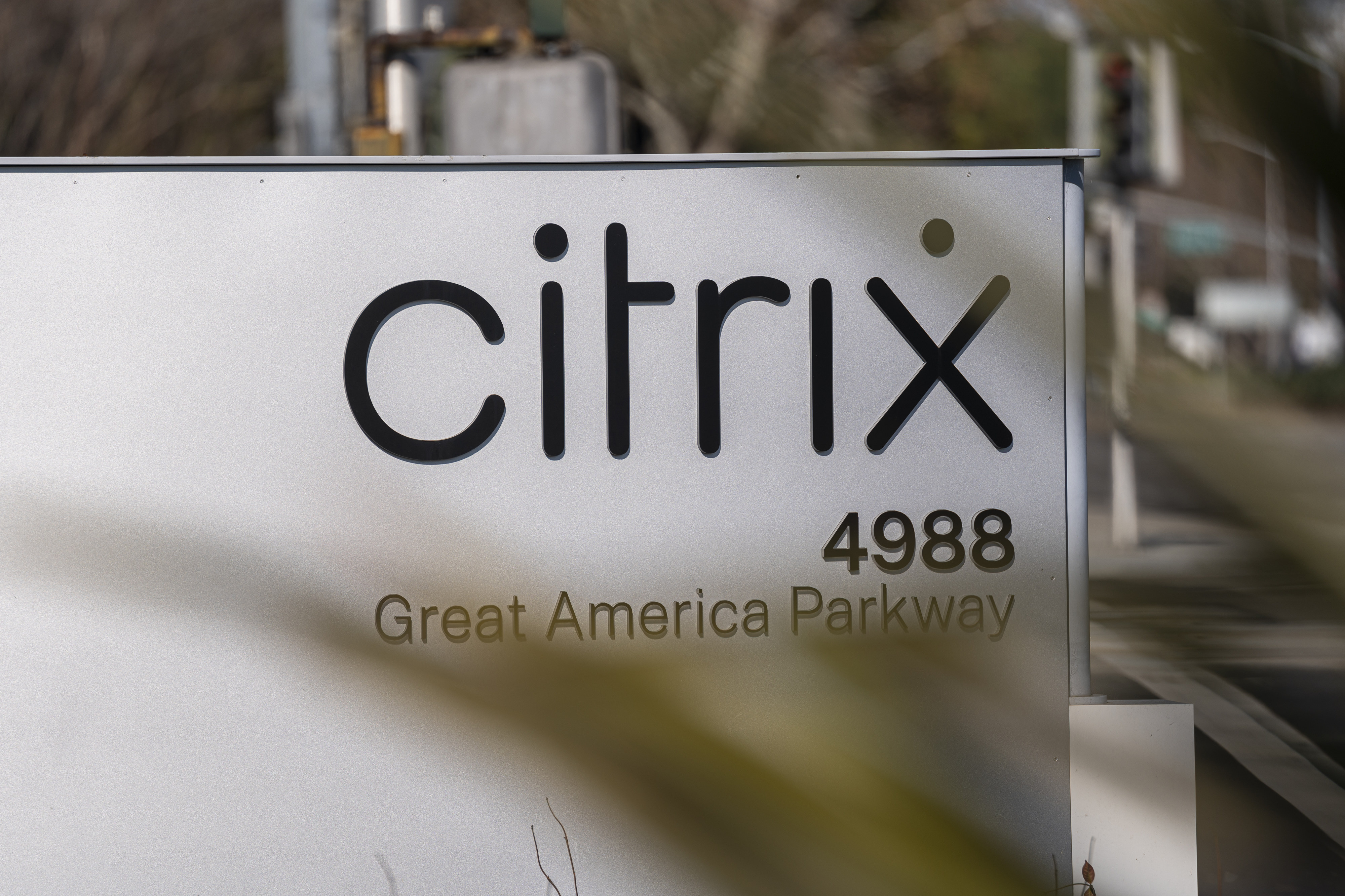Everything you need to know about Citrix
A comprehensive guide to Citrix, tracing its history from on-premises virtualization to cloud services, highlighting key acquisitions and business mission

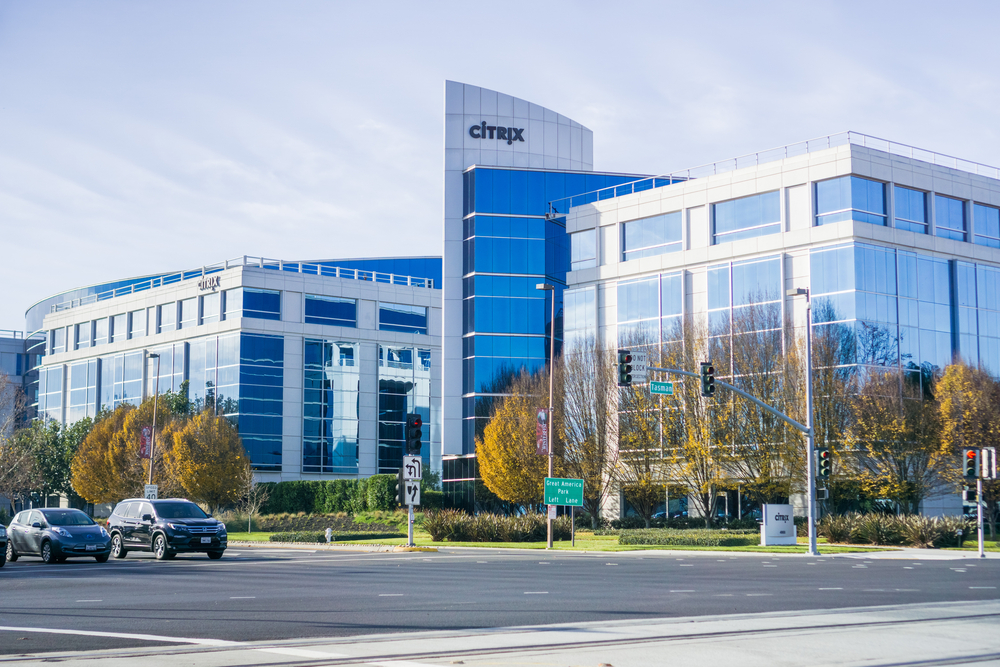
Established in Richardson, Texas, in 1989 by Ed Iacobucci, a former IBM developer, Citrix started as a trailblazer in virtualization and remote access solutions. Over the years, the company has expanded its reach and influence, becoming a worldwide authority in digital workspace and cloud services. This growth has been fueled by navigating major industry shifts, undertaking numerous acquisitions, and forming key strategic alliances.
Today, Citrix operates as part of the Cloud Software Group, following its historic $16.5 billion acquisition by Vista Equity Partners and Evergreen Coast Capital in 2022. The company further solidified its market position through a 2024 partnership with Microsoft, placing it at the leading edge of enterprise virtualization, cloud technologies, and secure digital workspace solutions. Citrix’s extensive portfolio now covers virtualization, cloud computing, networking, and software as a service (SaaS), all underpinned by a legacy of innovation and strategic investment.
Citrix delivers various services, including virtualization, storage, networking, software as a service, and cloud computing. Its journey has been marked by a dynamic history, featuring multiple acquisitions, financial peaks, and occasional market challenges.
Below, we’ll delve into Citrix’s history, its current product offerings, and its vision for the future of digital workspaces.
A brief history of Citrix
Quick facts on Citrix
Citrix’s story began in 1989, when Ed Iacobucci, formerly of IBM, launched Citra in Richardson, Texas. Following a trademark issue, the company was rebranded as Citrix, a name inspired by combining “Citra” with “UNIX,” highlighting its early commitment to UNIX-based technologies.
A cornerstone of Citrix’s early success was its strategic partnership with Microsoft, where it licensed its technology to create remote access tools for Microsoft operating systems. This collaboration proved crucial for Citrix’s expansion and continues to underpin its business strategy to this day.
During the 1990s, Citrix emerged as a leader in thin client and remote access solutions, enabling users to connect to servers and resources through specialized devices. The company went public in 1995 and saw revenue climb as demand for remote work technologies grew. Citrix further broadened its expertise through key acquisitions, such as ExpertCity, which introduced remote desktop solutions, and Sequoia Software, which strengthened its virtualization capabilities.
Sign up today and you will receive a free copy of our Future Focus 2025 report - the leading guidance on AI, cybersecurity and other IT challenges as per 700+ senior executives
In recent years, Citrix has undergone a major transformation, marked by significant investments and acquisitions. In 2022, private equity firms Vista Equity Partners and Evergreen Coast Capital acquired Citrix for $16.5 billion. Citrix subsequently merged with TIBCO Software to form Cloud Software Group, which now oversees Citrix’s wide-ranging portfolio of digital workspace, virtualization, and cloud solutions.
Since the acquisition, Citrix has continued to innovate within Cloud Software Group, rolling out new features and enhancements across its digital workspace and cloud platforms. Notable updates include advanced management tools for app layers, improved security for cloud images, and expanded customization for user notifications. The company has also streamlined its partner programs and license distribution, aiming for greater standardization and efficiency as it adapts to evolving enterprise IT needs.
What does Citrix sell?
Citrix built its name as a leader in virtualization, providing solutions that allow businesses to create virtual versions of hardware, operating systems, storage, networks, and more. Flagship offerings like Citrix Virtual Apps and Desktops give IT control over virtual machines, apps, licensing, and security, while enabling anywhere access.
The company expanded into networking, delivering products like Citrix Web App Firewall, Citrix Gateway, Citrix Application Delivery Management, and Citrix SD-WAN. These tools ensure reliable, secure application and data access across networks and clouds, whether in a data centre, branch office, or on mobile.
Citrix transitioned some of its virtualization strengths into the cloud, providing software-as-a-service tools like Citrix DaaS that enable simplified management of secure cloud desktops and apps.
The company also offers cloud computing capabilities through Citrix Cloud, a platform that connects resources across chosen on-prem, public cloud, or hybrid environments.
On the workspace side, Citrix Workspace app and digital workspace solutions aim to deliver unified access to apps, desktops, and content from any device. Content Collaboration is Citrix's file sync and sharing product, helping businesses share content on-premise and in the cloud with other collaborators, such as colleagues and clients.
Citrix has also ventured into providing secure access service edge (SASE) solutions, which integrate networking and security functions in the cloud to support secure access needs across an increasingly distributed workforce. Citrix Secure Internet Access and Citrix Secure Workspace Access are part of this portfolio, offering secure, high-performance access to applications and data regardless of where they are hosted.
To bolster its secure workspace solutions, Citrix integrates advanced analytics through offerings like Citrix Analytics for Security, which proactively identifies and addresses threats and performance issues before they escalate. This solution aggregates data from across the Citrix ecosystem, generating actionable insights that empower administrators to manage user and application security effectively.
Citrix M&A activity
Citrix's acquisition journey began in the early 2000s, with strategic deals such as the purchase of ExpertCity in 2003, which expanded its remote desktop capabilities.
Over the following decades, Citrix continued growing through acquisitions that complemented its product line or opened new markets. A 2014 deal for Framehawk boosted its virtual desktop and app delivery over wireless networks.
In 2017, Citrix made the notable decision to acquire Unidesk to enhance its application layering technology for virtual desktop environments (VDI). This acquisition was key to strengthening Citrix’s VDI offerings by simplifying the management and deployment of applications across virtual desktops, further solidifying its market position.
One of the more significant acquisitions in recent years was the purchase of Wrike in 2021 for $2.25 billion. Wrike, a work management platform, competes with popular workplace collaboration tools like Asana. This acquisition marked Citrix's largest at the time and aimed to enhance its product portfolio by integrating comprehensive work management and collaboration capabilities.
The company's biggest deal in its history came in 2022, when private equity firms Vista Equity Partners and Evergreen Coast Capital acquired Citrix for $16.5 billion. This acquisition underscored Citrix's immense value and set the stage for its next evolution under the newly formed Cloud Software Group. This move was a strategic pivot, providing Citrix with substantial backing to innovate and expand within the cloud computing and virtualization markets.
In April 2024, Cloud Software Group and Microsoft entered an eight-year strategic partnership to enhance joint cloud solutions and generative AI for over 100 million users. This collaboration is designed to bolster Citrix's virtual application and desktop platform, integrate new AI capabilities, and promote Citrix as the preferred Microsoft Global Azure Partner for Enterprise Desktop as a Service. Additionally, Cloud Software Group will invest $1.65 billion in Microsoft's cloud and AI technologies. The partnership aims to simplify licensing, accelerate R&D, and improve productivity through the use of Microsoft 365 and Azure services.
In 2025, Citrix continued its growth through strategic acquisitions, most notably the purchase of Unicon, which enables customers to maximize the value of their endpoints by providing secure access to the Citrix platform. This move further strengthens Citrix’s position in secure digital workspaces and supports its ongoing expansion within Cloud Software Group. The company remains focused on advancing its cloud and virtualization offerings, integrating new technologies, and deepening its partnerships to meet the evolving needs of enterprise customers.
With its robust technology and significant market presence, now supported by major investment from the Cloud Software Group, Citrix is well-positioned to continue its leadership role in cloud computing, virtualization, and beyond, driving innovation and growth in these critical technology sectors.
Key people at Citrix
The strategic direction of Citrix and its parent, Cloud Software Group, is shaped by a seasoned leadership team. At the helm of Cloud Software Group is CEO Tom Krause, who brings over two decades of experience in the technology sector. Before this role, he was an executive at Broadcom, where he led the Broadcom Software Group. Krause also holds a position as a special government employee advising the US Department of the Treasury.
Within the Citrix business unit, Sridhar Mullapudi serves as co-president and general manager, where he is responsible for the business, product, and technology strategy for Citrix and NetScaler's extensive portfolio. Having been with Citrix for nearly 25 years, Mullapudi has held various leadership roles in product, engineering, and general management, and was pivotal in the company's transition during the pandemic. He shares the co-president title with Hector Lima, who leads the go-to-market sales organization and manages strategic customer and partner relationships. Lima has a long history with Citrix, having grown his career there for over 20 years in various sales and customer experience roles.
Overseeing product development and technical innovation for Citrix is Jitendra Deshpande, the senior vice president and head of engineering. With over two decades of experience in the software industry, Deshpande has a proven track record of leading global engineering teams and has been crucial in driving revenue through cloud services. Financial operations, budgeting, and planning for Citrix are led by Roger Rees, who holds the position of senior director of finance. At the parent company level, Tom Berquist is the chief financial officer for the cloud software gtoup, responsible for worldwide financial operations and reporting.
What can customers expect from doing business with Citrix?
Citrix has cemented its leadership in digital workspace technology with a robust portfolio that includes virtual desktop infrastructure (VDI), desktop as a service (DaaS), and integrated digital workspace platforms. These solutions empower organizations to securely and seamlessly access applications and data across any device or network, supporting flexible and productive work environments.
Understanding the importance of strong partnerships, Citrix has built a variety of partner programs to provide collaborators with essential tools, training, and resources. These programs are designed to strengthen customer relationships and drive shared success. For instance, the Citrix Fusion Resell program offers partners financial incentives, sales and marketing support, and access to expert guidance, enabling them to manage customer lifecycles and unlock new business opportunities.
The Citrix Fusion Service Provider program further supports partners by enabling them to deliver Citrix-based services through rental, subscription, or managed service models. This approach helps partners transform how their customers work while creating sustainable, long-term revenue streams.
Through its focus on innovative, secure workspaces and the cultivation of strategic partnerships, Citrix remains a vital force in enabling digital transformation for enterprises worldwide.
Rene Millman is a freelance writer and broadcaster who covers cybersecurity, AI, IoT, and the cloud. He also works as a contributing analyst at GigaOm and has previously worked as an analyst for Gartner covering the infrastructure market. He has made numerous television appearances to give his views and expertise on technology trends and companies that affect and shape our lives. You can follow Rene Millman on Twitter.
-
 Dell Technologies targets private cloud gains with new Azure Local features
Dell Technologies targets private cloud gains with new Azure Local featuresNews Dell and Microsoft are teaming up to offer private cloud on Azure Local for a simplified hybrid solution
-
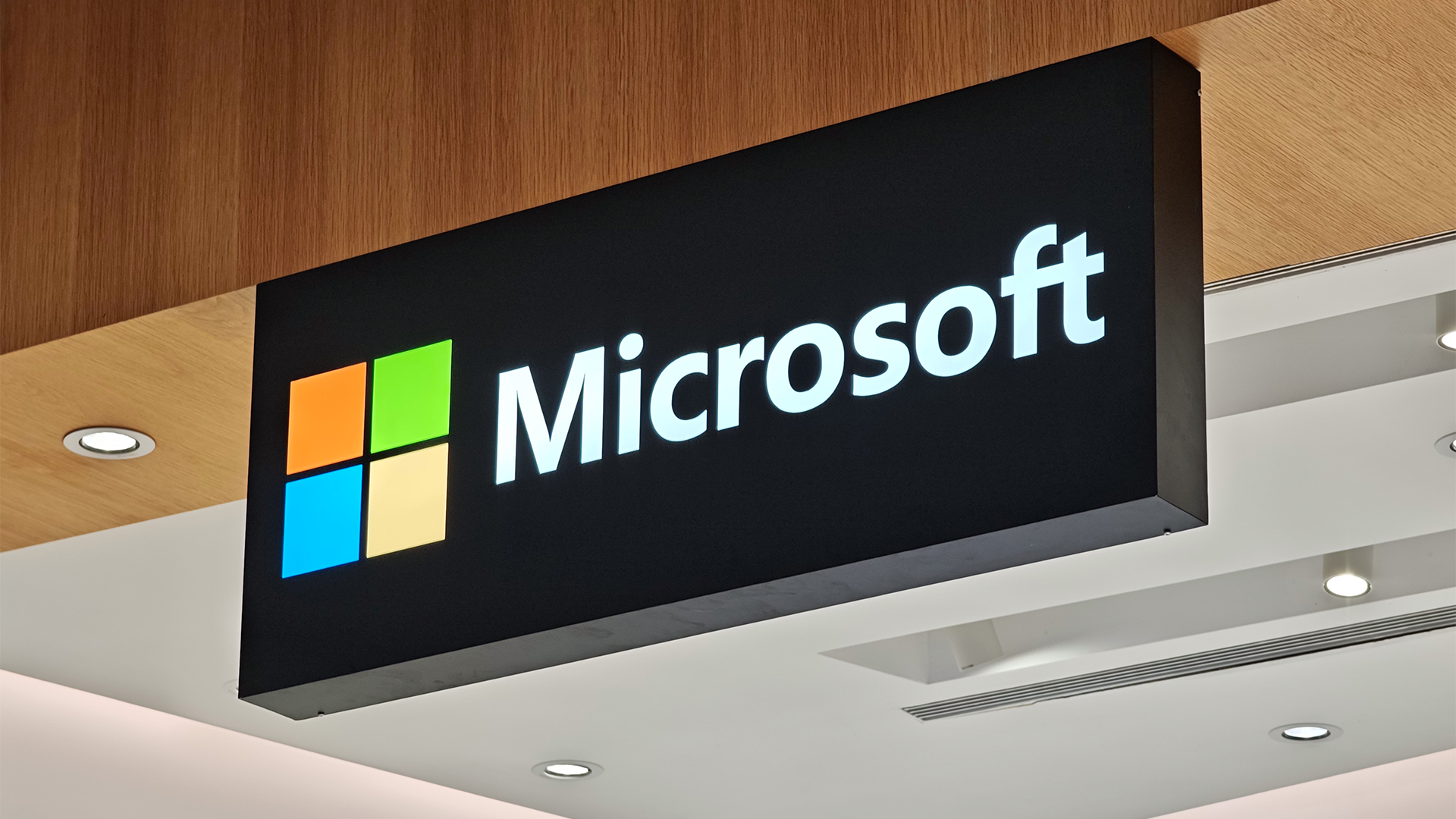 Microsoft’s new ‘marketplace’ lets customers pick and choose cloud, AI solutions
Microsoft’s new ‘marketplace’ lets customers pick and choose cloud, AI solutionsNews The Microsoft Marketplace looks to streamline customer access to AI and cloud services
-
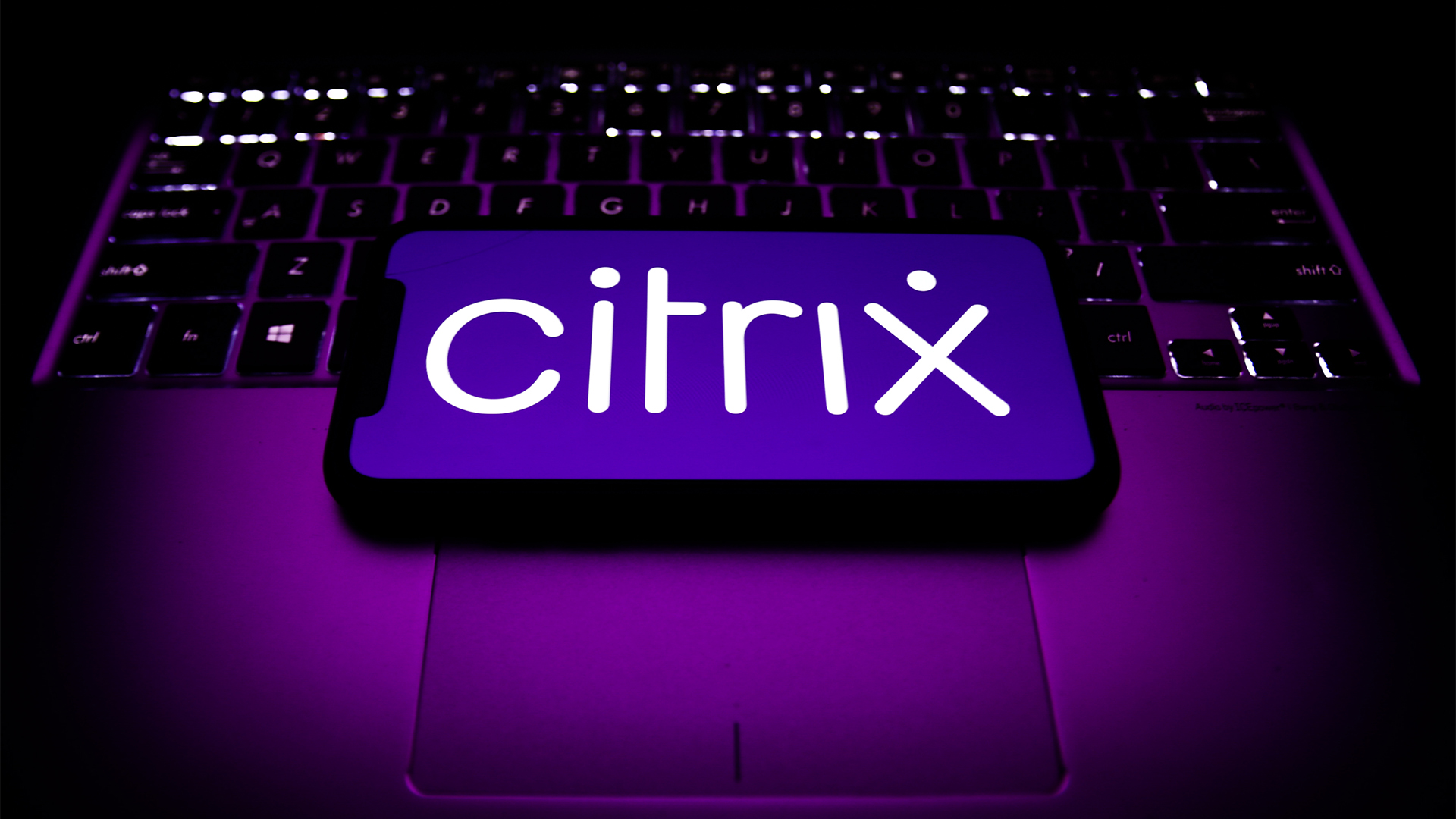 Citrix warns products sold through legacy licensing setup face 'loss of functionality'
Citrix warns products sold through legacy licensing setup face 'loss of functionality'News With Citrix moving to a new cloud-based licensing scheme next year, the company has urged customers to make plans for the transition.
-
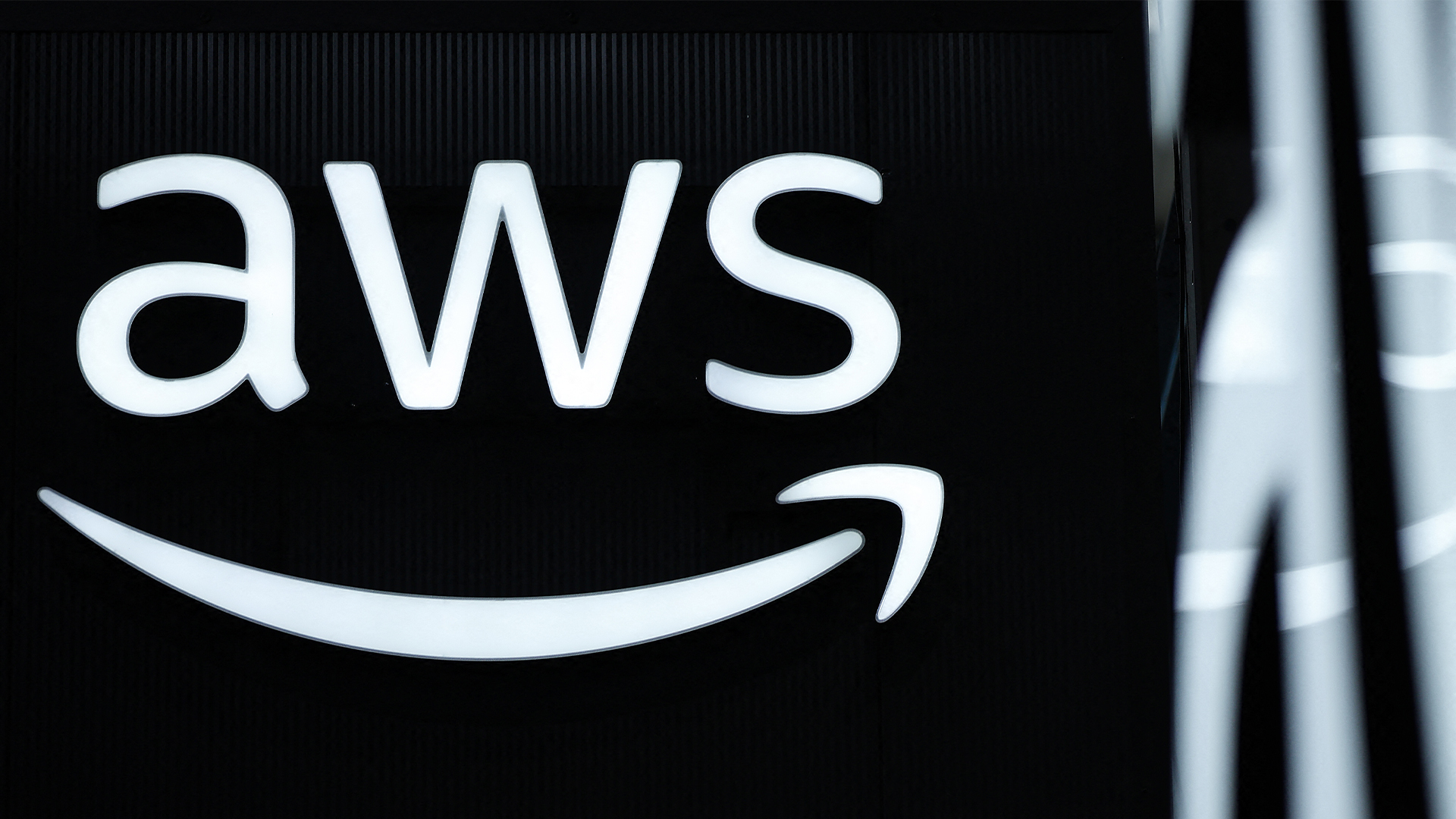 Is AWS' cloud dominance waning? New stats show the hyperscaler's IaaS market share is decreasing while Microsoft and Google record gains
Is AWS' cloud dominance waning? New stats show the hyperscaler's IaaS market share is decreasing while Microsoft and Google record gainsNews AWS maintained its lead in the IaaS market last year, but its share decreased while Microsoft and Google recorded gains.
-
 ‘Misses the mark’: Microsoft, AWS hit out at CMA cloud competition report
‘Misses the mark’: Microsoft, AWS hit out at CMA cloud competition reportNews The CMA claims Microsoft and AWS are harming competition – the duo strongly disagree
-
 US companies dominate the European cloud market – regional players are left fighting for scraps
US companies dominate the European cloud market – regional players are left fighting for scrapsNews Synergy data shows EU providers hold just 15% of the market despite rise in AI and drive for cloud sovereignty
-
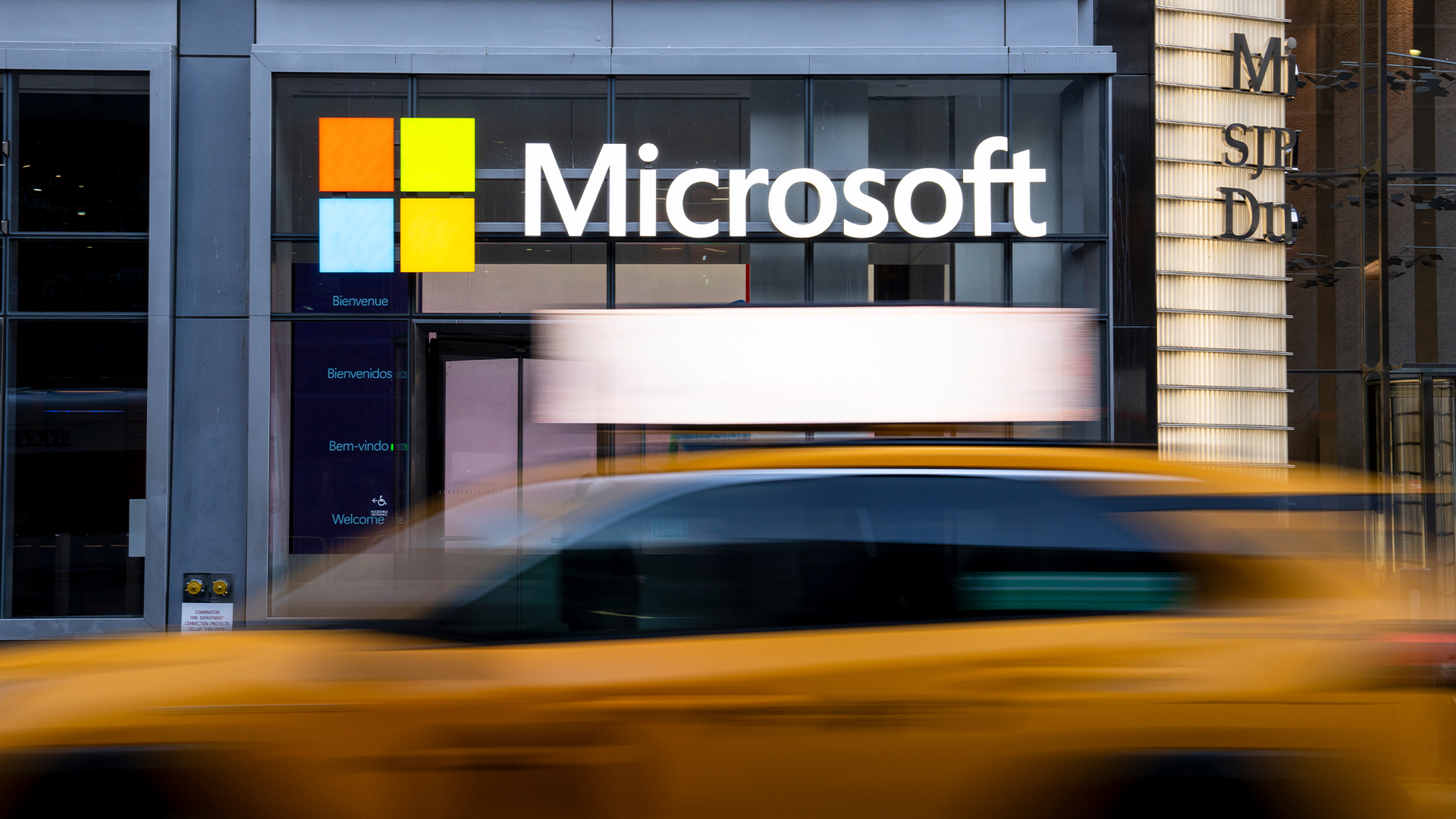 What the new Microsoft Sovereign Cloud push means for European customers
What the new Microsoft Sovereign Cloud push means for European customersNews The tech giant is bolstering protections for regional users using public and private cloud services
-
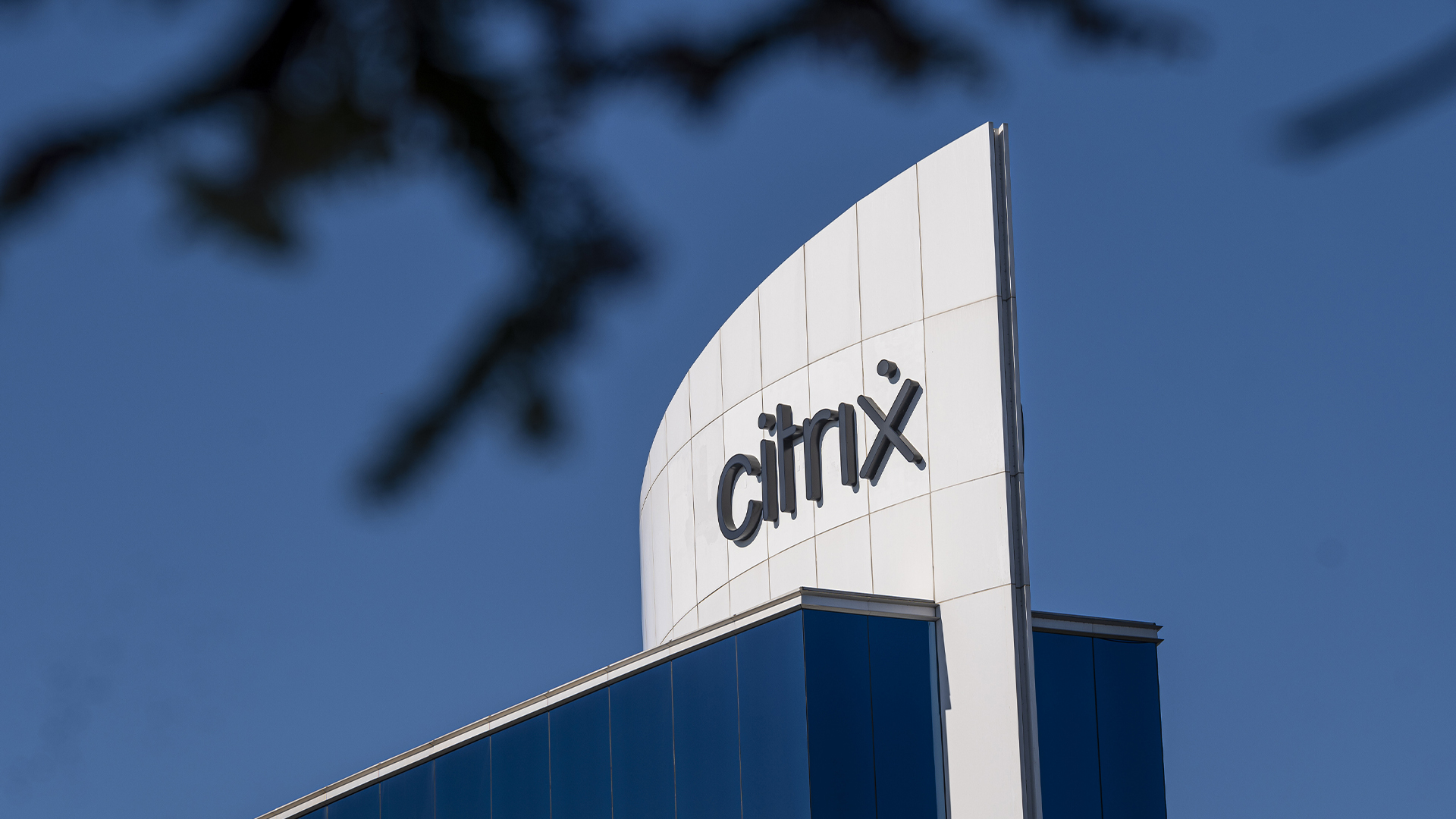 Citrix wants to help enterprises dodge pricey hardware costs
Citrix wants to help enterprises dodge pricey hardware costsNews Tariffs could push up hardware costs in the coming months - Citrix wants to ease the pressure
